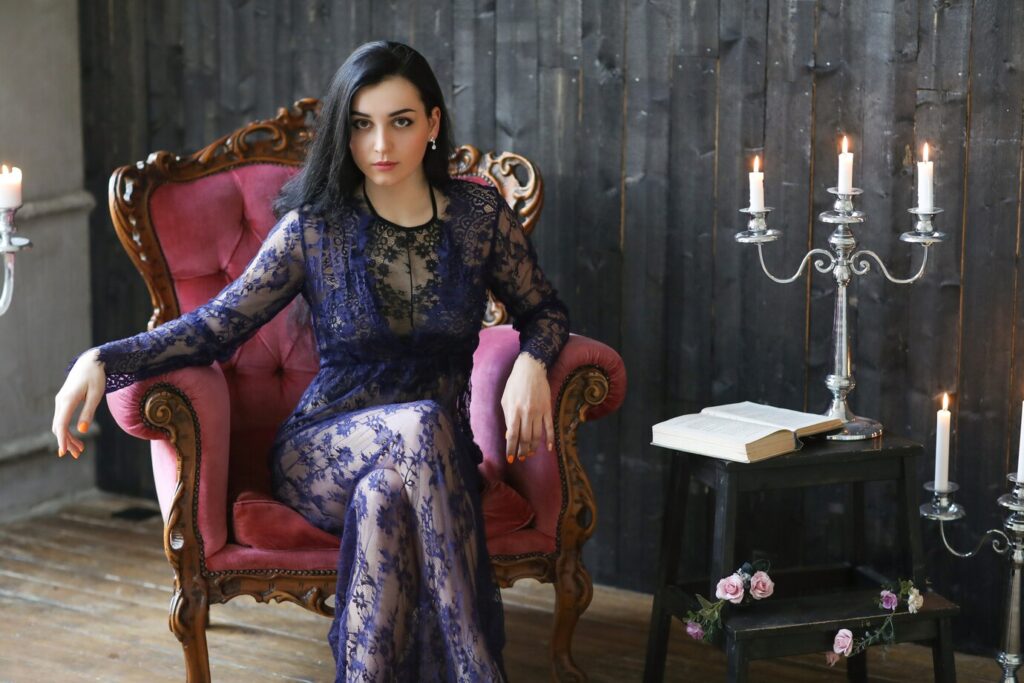When you step into your favorite fabric store, it feels like a world of possibilities. Whether you’re planning to create a new dress, craft some cozy blankets, or start a sewing project, choosing the right fabric can make or break your plan. But with so many choices available, it can be overwhelming to know where to start. In this guide, I’ll walk you through what to look for when shopping for fabrics and how to make sure you’re leaving with the best materials for your project.
1. Understand Your Project
Before diving into fabric choices, it’s essential to know what you’re making. Are you working on a lightweight summer dress or a thick winter coat? The type of fabric you choose should match the requirements of your project. For instance:
- Lightweight fabrics like cotton or linen work best for summer clothing.
- Heavier fabrics like wool or denim are ideal for winter apparel.
- Stretchy fabrics like jersey or spandex are great for activewear or fitted garments.
Once you’re clear on what you need, it becomes easier to narrow down the fabric options.
2. Fabric Quality Matters
Quality is key when selecting fabrics. Higher-quality fabrics last longer, drape better, and give your final product a professional look. But how do you spot good quality in a fabric store? Here are a few tips:
- Check the weave: The tighter the weave, the stronger and more durable the fabric.
- Feel the texture: Fabrics should feel smooth and free from imperfections.
- Inspect the edges: Fraying edges can indicate a lower-quality fabric that may not hold up well over time.
When shopping at your fabric store, don’t be afraid to ask questions. Most fabric stores have knowledgeable staff who can guide you toward the best material for your project.
3. Fabric Content: Natural vs. Synthetic
Fabrics generally fall into two categories: natural and synthetic. Understanding the difference between these two types will help you choose the right fabric for your project.
Natural Fabrics
Natural fabrics like cotton, wool, and silk are made from plant or animal fibers. They tend to be breathable, durable, and more environmentally friendly. However, they can be prone to shrinking or wrinkling.
- Cotton: Soft and breathable, perfect for everyday wear.
- Wool: Warm and cozy, ideal for colder climates.
- Silk: Luxurious and smooth, great for elegant garments.
Synthetic Fabrics
Synthetic fabrics, such as polyester, nylon, and acrylic, are man-made from chemicals. They tend to be less expensive, resistant to wrinkles, and more durable. However, they aren’t as breathable as natural fabrics and may not be as eco-friendly.
- Polyester: Durable and resistant to wrinkles.
- Nylon: Lightweight and often used in activewear.
- Acrylic: Warm like wool but more affordable.
It’s important to weigh the pros and cons of both types before making your decision.
4. Pay Attention to the Fabric’s Width
Many people forget to consider the width of the fabric, but it’s just as important as the length. Fabrics come in different widths, usually between 45 inches and 60 inches. Knowing the width is crucial for calculating how much fabric you’ll need for your project. For instance:
- Wider fabrics require less yardage for wide garments like coats or dresses.
- Narrower fabrics may need more yardage, so plan accordingly.
When you’re at the fabric store, always check the label or ask the salesperson about the fabric’s width.
5. Color and Pattern
The colors and patterns of your fabric can transform your project. But before getting mesmerized by the beautiful prints, keep a few things in mind:
- How does the color look in natural light? Fabrics can appear different under artificial lighting, so it’s good to step outside and see how the color looks.
- Is the pattern in line with your project? Large patterns work well on simple designs, while smaller patterns can add detail to more complex garments.
- Will the color fade? Some fabrics are prone to fading, especially darker shades. Make sure to choose a color that will stay vibrant over time.
6. Fabric Care Instructions
Taking care of your fabric is crucial to ensuring the longevity of your project. Every fabric has its own care instructions, and it’s essential to know them before making your purchase. If a fabric needs to be dry-cleaned, make sure you’re willing to invest the time and money in its upkeep. Common fabric care instructions include:
- Machine wash cold: Ideal for most cottons and synthetics.
- Hand wash: Often required for delicate fabrics like silk or wool.
- Dry clean only: Common for more luxurious fabrics like velvet or satin.
By paying attention to these care instructions, you’ll avoid shrinking, fading, or damaging your fabric.
7. Weight and Drape
Fabric weight affects how the material hangs on the body, which is known as its drape. Lightweight fabrics will flow more freely, while heavier fabrics will have a stiffer drape. To test a fabric’s drape, try holding it up and letting it fall naturally. Does it flow smoothly? Or is it rigid?
- Lightweight fabrics like chiffon or silk are great for dresses or blouses.
- Heavier fabrics like canvas or wool are better for structured items like jackets or pants.
The weight and drape of the fabric can significantly affect the final look of your project.
8. Budgeting for Fabrics
It’s easy to get carried away when shopping at a fabric store, but it’s important to stick to a budget. Higher-quality fabrics or unique prints can be expensive, so it’s crucial to find a balance between what you love and what you can afford. Here are a few ways to stay within budget:
- Buy during sales: Many fabric stores offer seasonal sales or discounts.
- Use coupons: Fabric stores often have coupons available, either online or in-store.
- Check the clearance section: You might find hidden gems at a fraction of the price!
9. Request Samples
When in doubt, ask for a sample! Many fabric stores will give you small swatches of fabric to take home. This allows you to test how the fabric feels, how it reacts to light, and how well it matches with other materials you may be using. Getting a sample can help you make a more informed decision.
10. Final Thoughts
Shopping at your favorite fabric store should be an exciting and enjoyable experience. By keeping these factors in mind, you’ll be able to choose the perfect fabric for your project every time. Whether you’re a seasoned seamstress or just starting, understanding fabric types, quality, and care instructions will make a big difference in the success of your projects.
Key Takeaways:
- Always match the fabric to your project’s needs (weight, drape, and care).
- Consider the fabric’s quality, width, and color before purchasing.
- Ask for samples and take your time to make an informed choice.
This guide should provide you with all the tools you need to navigate your next visit to the fabric



